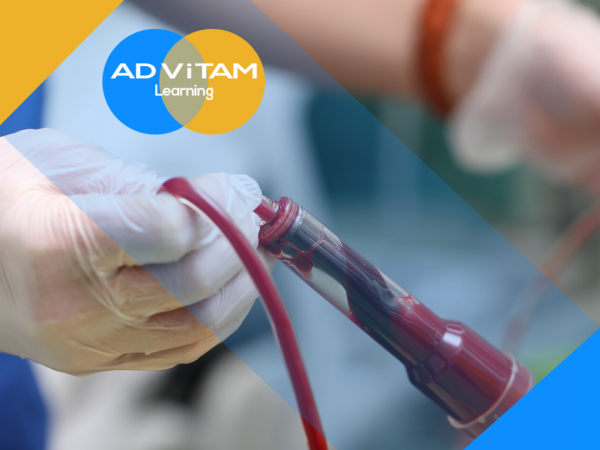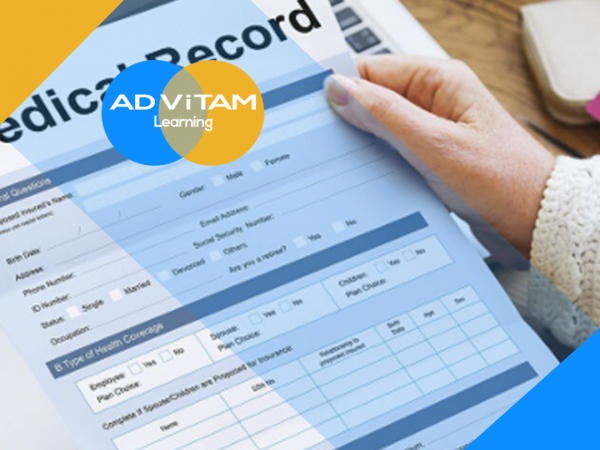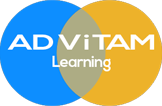Description
Clinical Observations | Level 3 | Online Training Course | CPDUK Accredited | Instant Course Access | Includes Assessment & Certificate | Instant Certificate Download.
Welcome to our online Clinical Observations training course for front-line healthcare and social care providers. All our online training courses, programmes and qualifications are accredited by the CPD Certification Service (CPDUK).
Patient clinical observations are sometimes referred to as “vital signs”; “patient observations” or just “Obs”. Clinical observations are physiological markers that help medical, nursing and other clinical staff to closely monitor patients, identify those patients that are deteriorating and escalate to senior staff so that appropriate interventions are commenced to stop the patient deteriorating further.
In this comprehensive online Clinical Observations training course, you will understand why, when and how observations are taken, the normal ranges for each clinical observation/vital sign and how to record as well as the action to be considered when you find observations outside of the normal ranges, including:
- Understand the anatomy and physiology that relates to clinical observations,
- Learn about normal and abnormal clinical observations/vital signs,
- Understand the clinical significance of anomalous vital sign readings, and
- Perform a range of clinical observations, including:
- Pulse,
- Blood pressure,
- Temperature,
- Respiratory rate,
- Oxygen saturation, and
- Blood glucose measurements.
Certificate duration: 2 years
Entry requirements: No entry restrictions
Recommended prerequisites: N/A
Assessment type: End of course assessment
Assessment pass mark – 80% needed to pass and gain a CPD certificate
Cost(s) of assessment and certification – All costs included in the course price
Awarding/Accrediting body – CPD Certification Service (CPDUK)
Who is the course for?
This online Clinical Observations training course should be completed by those who work in health and social care services, including:
- Registered Nurses,
- Healthcare Assistants (HCAs),
- Clinical Support Workers,
- Health and Social Care Support Workers,
- Nursing Auxiliaries,
- Midwives,
- Paramedics,
- Allied Health Professional,
- Emergency Care Practitioners,
- NHS bank nurses, AHPs and care staff,
- Locum nurses and HCAs,
- Locum allied health professionals (AHPs),
- Agency nurses,
- Agency workers,
- Support workers, and
- Care assistants.
What is covered in this course?
This online Clinical Observations training course covers the following:
- Introduction into clinical observation skills,
- Basic clinical observations,
- Patient consent,
- Hand hygiene (infection prevention and control),
- Breathing/respiratory rate,
- Pulse rate (heart rate),
- Body temperature,
- Blood pressure,
- Oxygen saturation levels (and oxygen therapy),
- Peak flow testing,
- Blood glucose testing,
- Urine testing,
- Body mass index,
- Complete a basic pain assessment,
- Consciousness assessment (AVPU),
- Assessing patients’ skin,
- Supporting medication administration,
- Sepsis awareness, and
- Additional online learning resources.
Course aims
Healthcare assistants (HCAs) and other clinical staff working in NHS Trusts and private sector hospitals and clinics are now required to show evidence that they have completed training and show that they are competent to monitor, record basic clinical observations and escalate patient clinical observations.
This online Clinical Observations training course was designed for registered nurses, healthcare assistants and other clinical staff who are looking to improve their clinical skills and knowledge and will enable them to be employed within hospital environments.
Learning outcomes
The objectives of this online Clinical Observations training course are to introduce nursing staff, healthcare support workers and adult social care workers to the basic techniques used to observe and monitor the condition of patients and individuals using services, including pain and discomfort levels. On completion of this clinical observation online training course, learners will be able to:
- Explain the levels of response,
- Understand the ‘Glasgow Coma Score’ system,
- Understand eye and pupil responses and how to assess breathing,
- Know how to monitor and read a person’s pulse and what to look out for,
- Know how to measure blood pressure and what the readings mean,
- Understand methods for taking temperature,
- Understand how to assess skin,
- Know how to record observations, and
- Have an overview of advanced monitoring techniques.
What are clinical observations?
Patient clinical observations training courses are sometimes referred to as “vital signs”; “patient observations” or just “Obs”. Clinical observations are physiological markers that help medical, nursing and other clinical staff to closely monitor patients, identify those patients that are deteriorating and escalate to senior staff so that appropriate interventions are commenced to stop the patient deteriorating further.
These vital signs include:
- Pulse/heart rate,
- Blood pressure,
- Temperature,
- Respiratory rate,
- Oxygen saturation,
- Blood glucose measurements,
- Level of consciousness (including GCS and AVPU),
- Capillary refill,
- Oxygen therapy,
- Peak flow,
- Urinalysis,
- Fluid balance, and
- Body Mass Index
Nursing and healthcare staff need the basic skills to take basic observations and monitor patients clinical trends, recognise and act appropriately when patients deteriorate. This comprehensive e-learning course aims to provide knowledge, skills and practical advice for registered nurses, to improve the assessment, recording and reporting of patient observations.
Using the current guidance and best practice, you will; learn the skills to help you commence appropriate interventions at to reduce harm from deterioration, common issues for the ward staff are illustrated, and practical advice is given.
Regular measurement and documentation of physiological observations (i.e. clinical observations) are essential requirements for patient assessment and the recognition of clinical deterioration. Clinical staff needs to understand the implications of abnormal observations, which may indicate a deteriorating patient, and the need for an appropriate course of action to be taken.
Are patient observations the same as “clinical observation?”
Patient clinical observations should not be confused with “clinical observation (or shadowing – these terms are normally used interchangeably) which is NOT the same thing as volunteering, direct patient care, and other hands-on experience. Clinical observation/shadowing is exactly what it sounds like:
“You are observing healthcare professionals provide care to patients or clients in a clinical setting, such as a hospital, therapy clinic, long term care facility, private practice, and so on. Through clinical observation experiences, you see what the day-to-day responsibilities of a given health career might involve within a given healthcare setting.”
Clinical skills required to undertake patient clinical observations
Nursing and other healthcare staff spend a lot of time with patients/clients in their role as part of the health care team. This means they will have lots of opportunities to observe patients/clients, to monitor how they are progressing and to spot any problems early.
Part of their observing and monitoring will involve using a set of clinical skills and performing basic and advance clinical observations. Understanding how to, for instance, assess patients’/clients’ breathing, pulse rate, blood pressure and body temperature, and what your assessments mean for their welfare, are vital skills you will acquire from this comprehensive e-learning course. Clinical staff should also have an understanding of the common medications that are used in their clinical settings and how those medications may affect patient observations/vital signs.
Why are online patient clinical observations important?
In the course of your work as a nurse or health care assistant, you will take hundreds, possibly thousands, of clinician observations and other vital signs. It is probably no exaggeration to say that the main reason for all of these observations is to spot a change in the patient’s condition quickly and accurately – a rise in body temperature that might denote an infection, or a reduction in the amount of fluid taken that might indicate a general deterioration, for instance. We then report these observations to the registered person in charge, and he or she can determine the next steps – whether to escalate the concern to the rest of the team or continue (or increase) the observation schedule.
But we don’t need to rely on specific times and specific activities to observe for changes in patient’/clients’ conditions. We should be observing all the time for these changes.






